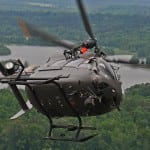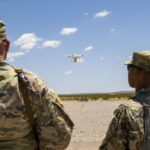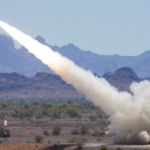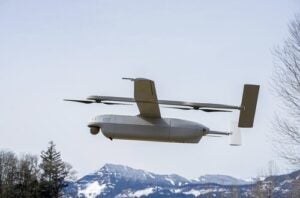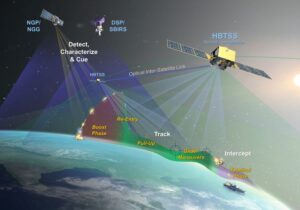
The Army on Tuesday signed out a new digital engineering (DE) directive intended to enable broader adoption of such practices across the services, starting with an initial focus on ground vehicles, aviation platforms and sensors. Army Secretary Christine Wormuth told lawmakers on Tuesday the new policy aims to bolster the use of modeling and simulation in design work, citing it is an opportunity to build on new development practices that are more efficient and less costly. “We are excited about…

 By
By 
